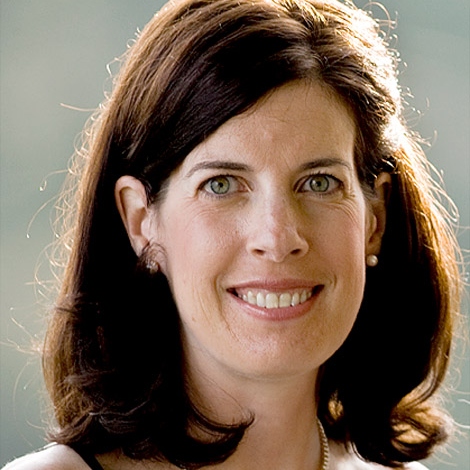By continuing to use our site, you consent to the processing of cookies, user data (location information, type and version of the OS, the type and version of the browser, the type of device and the resolution of its screen, the source of where the user came from, from which site or for what advertisement, language OS and Browser, which pages are opened and to which buttons the user presses, ip-address) for the purpose of site functioning, retargeting and statistical surveys and reviews. If you do not want your data to be processed, please leave the site.
The Voice of People With Breast Cancer
Information
Breast Cancer Basics
High-Risk Conditions
Dense Breasts
Breast density refers to the breast tissue and how much of that tissue is either fatty, fibrous, or glandular. Glandular tissue is made up of the lobules and ducts that produce and contain milk. Fibrous and fatty tissue holds glandular tissues in place and gives the breast its shape. The greater the glandular or fibrous tissue, the denser the breast tissue is. Research shows that about 41 to 50% of breasts have dense tissue, which we commonly refer to as dense breasts. Breast tissue density can range from almost entirely fatty to almost entirely glandular. Both types of tissue are normal.
Only a mammogram can detect if breasts are dense or not. Based on mammography results, breast density falls into four categories, from category A to D. When radiology reports share breast density information, it relates to the breast density category (A to D). Radiologists consider category A and B fatty breasts because they have very little dense tissue. Category C and D are considered dense breasts because 50% or more of the breast tissue is dense.
You cannot determine breast density by size, firmness, look, or feel of the breast. Breast density is based on the amount of fibroglandular tissue, not the breast's appearance or feel. This means that any lumps or lumpiness in your breasts are not caused by your breast density. This is true whether you have dense breasts or not. Any lumps, bumps, thickening or lumpiness should be examined by a medical professional, regardless of breast density.
Dense breasts occur in all age groups, but for most people, density tends to decrease with age. This means it's more common for younger people to have dense breasts. Those with a lower body mass index tend to have less fatty tissue in their breasts. This also increases the likelihood of having dense breasts. Finally, hormone replacement therapy for menopause increases the chance of having dense breasts.
Why is Knowing your Breast Density Important?
Knowing your breast density is important because it is a risk factor for developing breast cancer. The denser the breast tissue, the greater the chance of developing breast cancer. Women with dense breasts have two times higher risk of developing breast cancer than women with non-dense beasts. Having dense breasts is equivalent to having a first-degree relative with breast cancer.
Dense breasts also impact mammograms' effectiveness. Mammograms are 85% sensitive at detecting breast cancer in all women and are the standard of care for breast cancer screening. However, dense breast tissue and cancerous tissue both appear white on a mammogram. Consequently, the effectiveness of mammograms drops to between 47 and 64% in dense breasts. In extremely dense breasts (category D), the sensitivity drops to 30 to 40%.
Since mammograms are less sensitive in dense breasts, screening guidelines for people with dense breasts are unclear; mammography may still be done for people with dense breasts, but supplemental screening may be needed. To learn about the screening guidelines where you live, click here. It is very important to recognize that if you have dense breasts, your mammogram may be normal, but it may miss breast cancer. If you have any new breast problem such as a lump or other symptom of breast cancer, you should bring this to the attention of your family physician, who should request a breast ultrasound.
Although breast density affects screening and risk of developing breast cancer, it does not affect treatment. People with dense breast tissue are no more likely than people with fatty breast tissue to die from breast cancer. Breast density only relates to breast tissue and risk of developing breast cancer, not the type or severity of the cancer.
What are the Screening Options for Dense Breasts?
The best screening option will depend on your overall risk of developing breast cancer, with one risk factor being breast density. People with dense breasts may need regular mammograms more often. Physicians may also recommend supplemental MRI, digital breast tomosynthesis (also called a 3D mammogram) or ultrasound for people with dense breasts. MRI, digital breast tomosynthesis, and ultrasound are all effective at detecting cancer in dense breasts, but MRI is the most effective. When MRI is not available, handheld ultrasound is the next best choice for supplemental dense breast screening because it is the most widely available option. Although written for screening after breast cancer, our advocacy guide gives you more information about breast cancer screening.
Read more about dense breasts in this blog article, and in our advocacy guide.
References
The role of ultrasound in screening dense breasts? A review of the literature and practical solutions for implementation, from Diagnostics.
Breast density, from the Canadian Cancer Society.
Dense breasts: Answers to commonly asked questions, from the National Cancer Institute.
Breast screening advocacy toolkit from My Breast Screening and Dense Breasts Canada.
About dense breasts, from the U.S. Centers for Diseases Control and Prevention.
Supplemental breast cancer screening in women with dense breasts and negative mammography: A systematic review and meta-analysis, from Radiology.
SHARE




